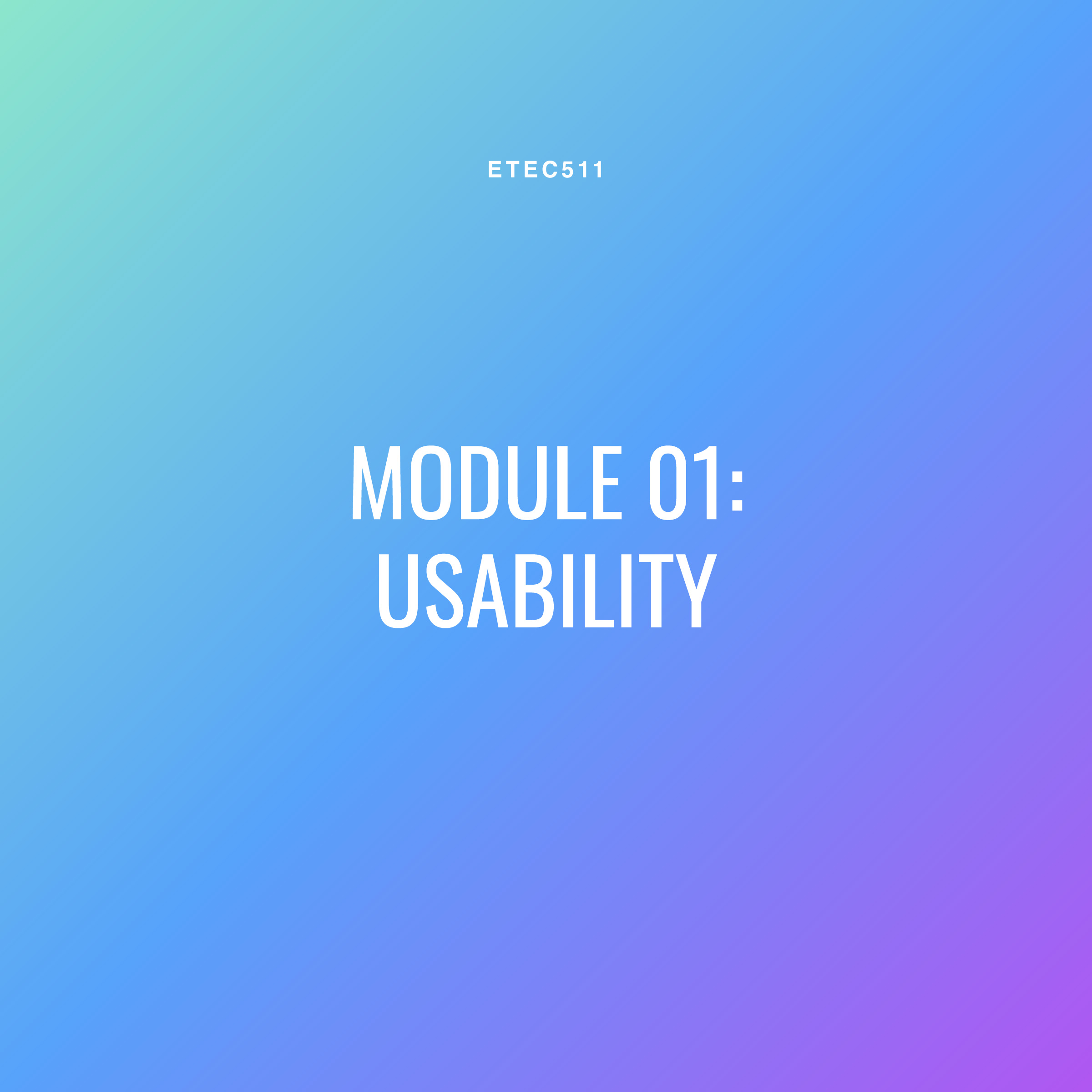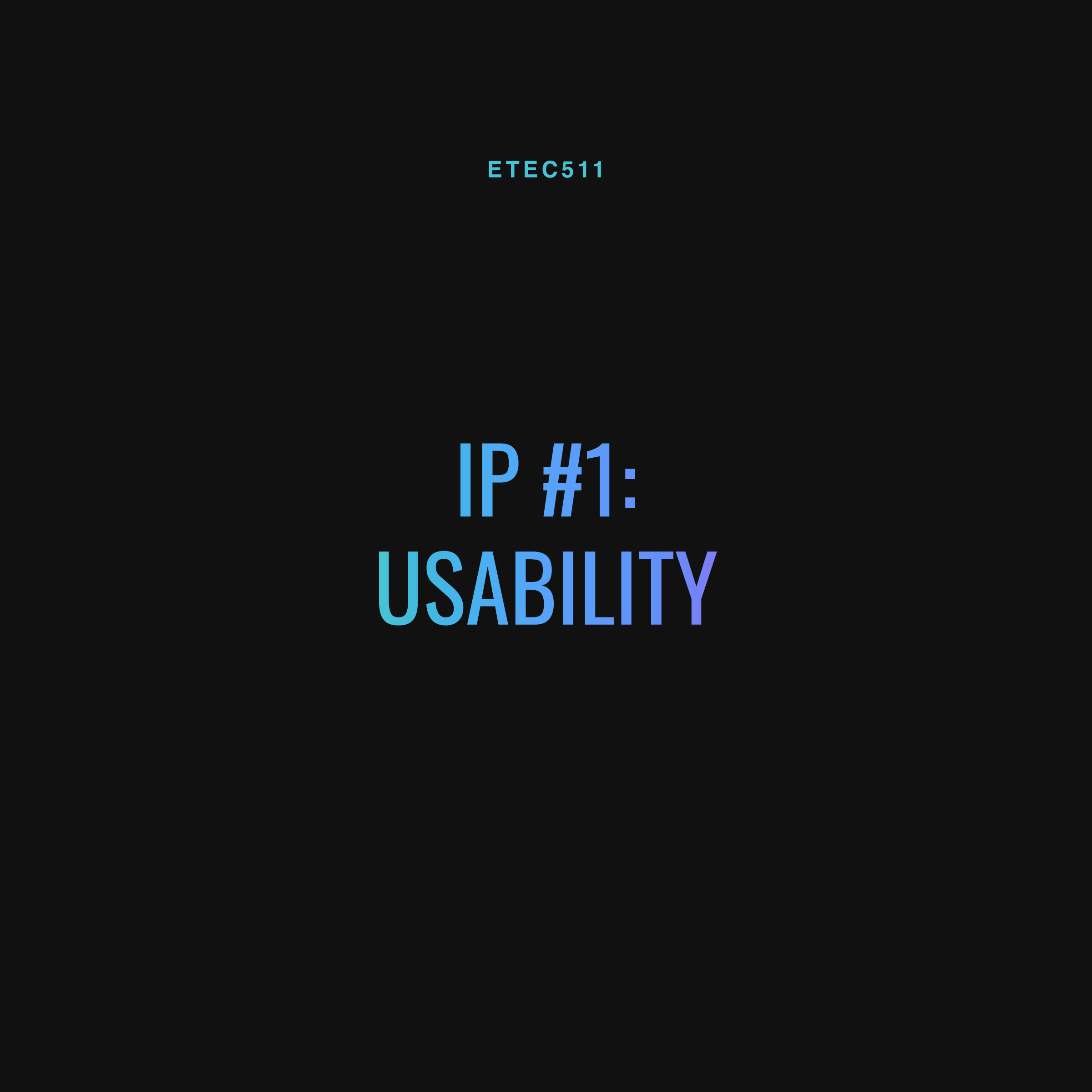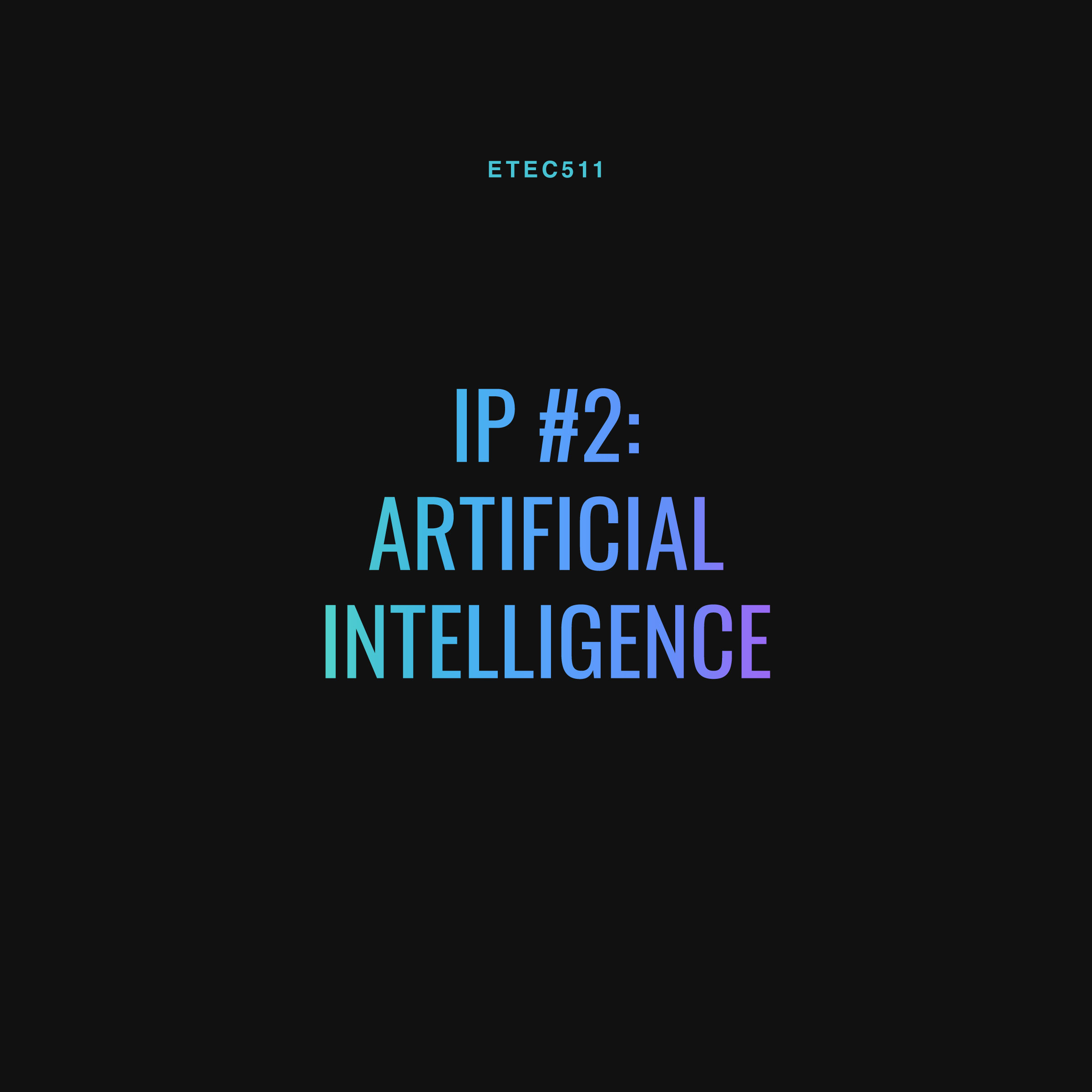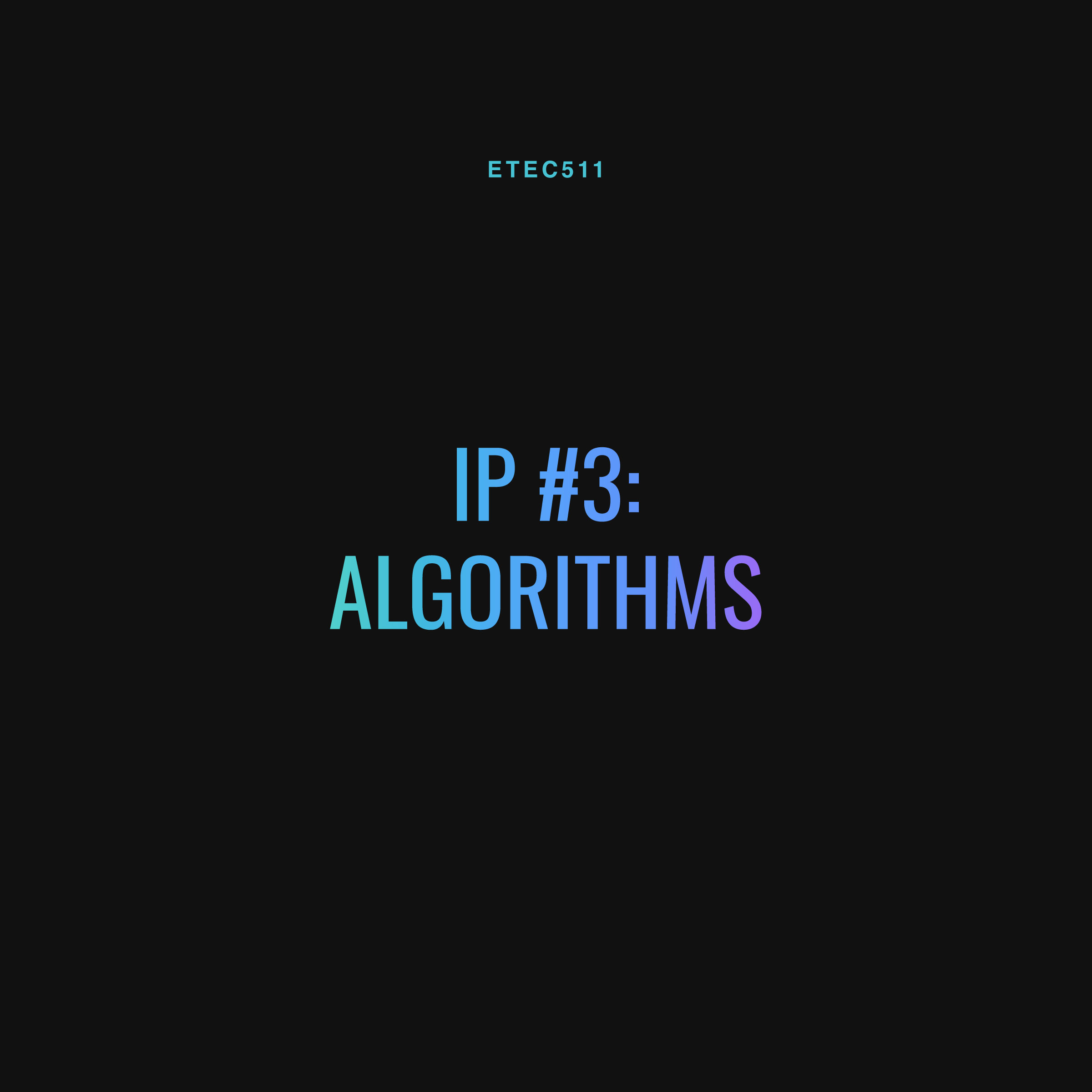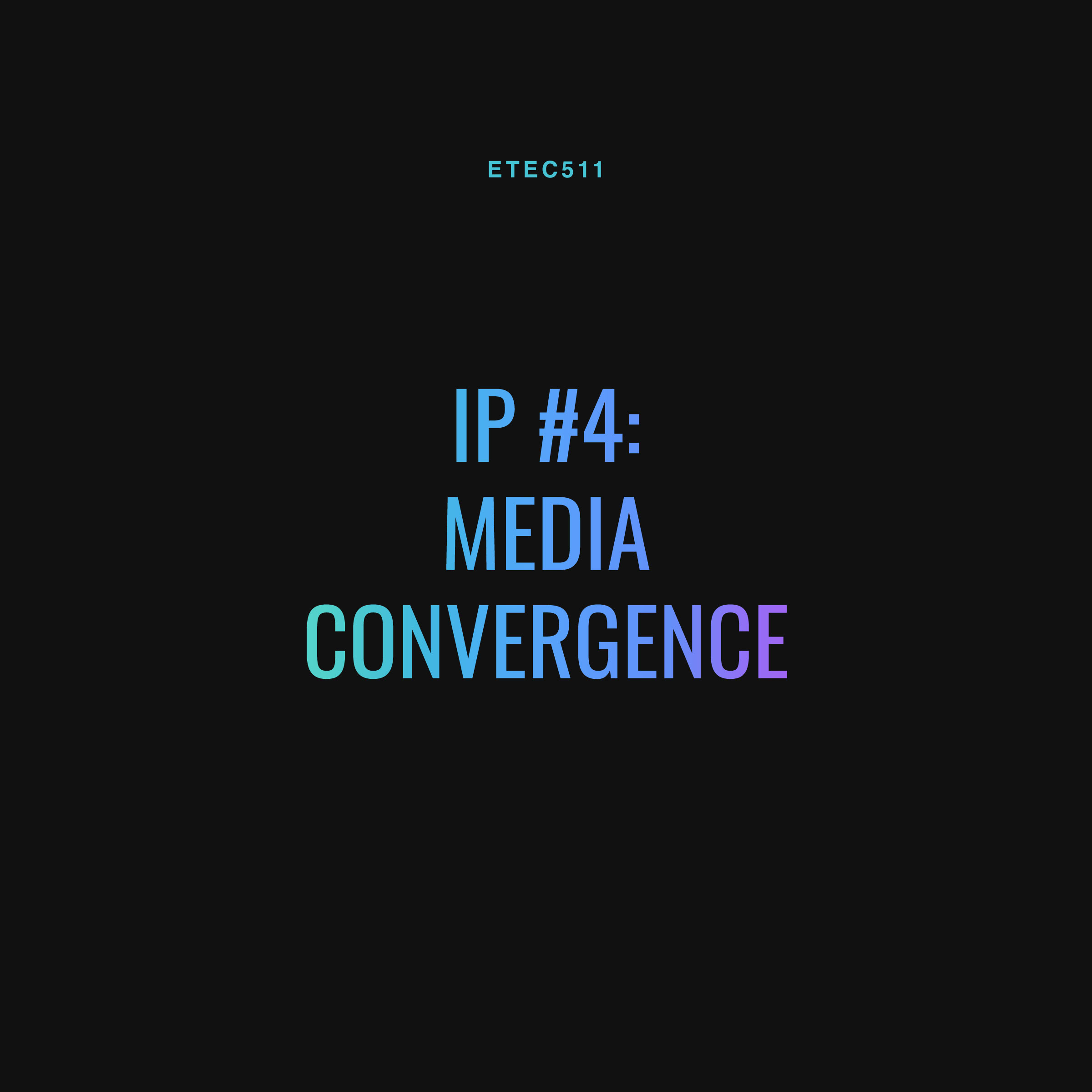1. Identify a significant corpus (body of texts, or singular text) of searchable educational history-related documents in your own locale or one you are most interested in (i.e. B.C., Ontario, South Africa). You can choose a fictionalized account, non-fiction narrative, historical text, a set of related documents, a report, etc.…
Comments closedCategory: ETEC511
Instructions: For each of Issa and Isaias’s (2015) seven “Usability Criteria” (p. 33), explain each criterion in your own words and provide a concrete/practical example of each. Draw from your own experience and try to find educational examples where you can. 1. Learnability Describe in your own words: How easy…
Comments closedDisclaimer This is the first of five intellectual productions (IPs) for this course. IPs are completed individually and worth 30% of our final grade. I chose to complete this assignment in writing form to answer the four questions provided for us. Maybe in the future I will do something more…
Comments closedDisclaimer: Due to the technology limitations of this blog post, I was unable to create a chart to compare the answers to the questions and my references are not using true APA formatting, as they lack hanging indents. 1. First and in your own words: Who were these people, and…
Comments closedGroup Project Proposal: “EduConnect” – Technical Support Community for Educators Around the World Imagine this scenario: You’re teaching a new project this semester and integrating coding into your middle school history class for the first time. Students in your class are making interactive timelines for various ancient civilizations in Scratch.…
Comments closedIntroduction Google impacts many people around the world everyday and could rightfully be called the world’s most powerful company (Jack, 2017). Google’s products include online advertising, search engine technology, cloud computing, artificial intelligence, e-commerce, consumer electronics, and more (Google, 2024). When most people search for information on the internet, Google’s…
Comments closedASSIGNMENT DETAILS Create a “mind map” (using whatever tool you please) for the concept of ‘media convergence’ that sets out, with examples, the 5 processes of convergence that Jenkins distinguishes. Then, in a <5-minute MAX video (try to go beyond the ‘talking head’ format) explain your mapping of these aspects…
Comments closedDisclaimer: Some of the formatting is not standard for APA formatting due to the restorations of the webpage format. Global health includes an interconnection between humans, animals, plants, and the environment around us. Source: https://oia.osu.edu/media/japhavmq/onehealthvenn.png Global Health and Its Impact on Education The COVID-19 global pandemic was a reminder that…
Comments closedThis is a mini-study of a ‘tipping point,’ where (and when and how!) one educational technology definitively lost ground to an emergent form. This was a partner project and we created a website using Canvas. ETEC 511 – Tipping Point Case Study by Erica & Angela View the project here
Comments closedFor our ETEC 511 Final Project, our group created a usable learning object designed for educators to connect with other educators to receive or give tech support. Our final project can be found here: https://ubcmet.my.canva.site/etec-511-final-project ETEC 511 – EduConnect – Product Demo by Erica, Curtis, and Morgan
Comments closed
